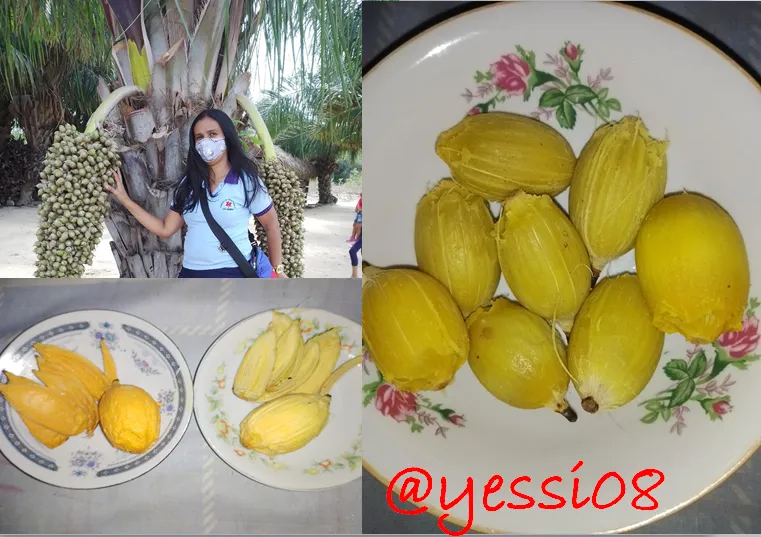
Hola amigos veganos de todo el mundo; bienvenidos a mi blog!
Hoy me siento particularmente feliz, porque quiero compartirles acerca de un fruto que representa la identidad y gastronomía del municipio donde vivo, y con el cual me siento muy identificada; se trata de la coroba, cuyo nombre científico es Jessenia polycarpa Karst (dato curioso es que tengo el mismo nombre que el fruto, jejej)
Es una palmera autóctona del municipio Cedeño, Estado Bolívar, Venzuela, cuyo fruto se utiliza para preparar una variead de deliciosos platos, tales como: arepas, natillas, bollos y aceite que se extrae de la semilla; además se realizan artesanía por parte de los indígenas que habitan el municipio, como llaveros, pulseras, zarcillos; entre otros.
Son muchos los beneficios que ofrece este maravilloso fruto, con que Dios nos bendijo; sin embargo, en este post, sólo hablaré del fruto en su estado natural y sus caracteristicas, en próximas publicaciones les compartiré diversas rcetas a base de coroba.
Es una palma que crece en forma silvestre, que produce frutos agrupados en forma de racimos, el fruto es de forma oblonga, se asemeja al coco, su color varía de amarillo- naranja o pardo rojizo; esta tiene en su contenido nutricional: proteínas, minerales como hierro(Fe), calcio (Ca), fosfóro (P) y zinc (Zn); vitaminas A,B y C; lo cual hac que su consumo aporte muchos beneficios, tales como: combatir la anemia, la anorexia, regular las funciones cerebrales, y reducir el colesterol.
El aceite que se extrae de su semilla, además de uso culinario, se puede aromatizar y utilizarse para el cuidado de la piel y el cabello.
Hello vegan friends from all over the world; welcome to my blog!
Today I feel particularly happy, because I want to share with you about a fruit that represents the identity and gastronomy of the municipality where I live, and with which I feel very identified; it is the coroba, whose scientific name is Jessenia polycarpa Karst (curious fact is that I have the same name as the fruit, hehehe).
It is a native palm tree of the Cedeño municipality, Bolivar State, Venzuela, whose fruit is used to prepare a variety of delicious dishes, such as: arepas, custard, buns and oil that is extracted from the seed; also handicrafts are made by the indigenous people who live in the municipality, such as key chains, bracelets, earrings, among others.
There are many benefits offered by this wonderful fruit, with which God blessed us; however, in this post, I will only talk about the fruit in its natural state and its characteristics, in future posts I will share various recipes based on coroba.
It is a palm that grows wild, which produces fruits grouped in the form of clusters, the fruit is oblong in shape, resembles the coconut, its color varies from yellow-orange or reddish-brown; this has in its nutritional content: Proteins, minerals such as iron (Fe), calcium (Ca), phosphorus (P) and zinc (Zn), vitamins A, B and C, which makes its consumption provides many benefits, such as combating anemia, anorexia, regulate brain function, and reduce cholesterol.
The oil extracted from its seed, in addition to culinary use, can be flavored and used for skin and hair care.


Aspectos del fruto, ya despegados del racimo.
Aspects of the fruit, already detached from the bunch.
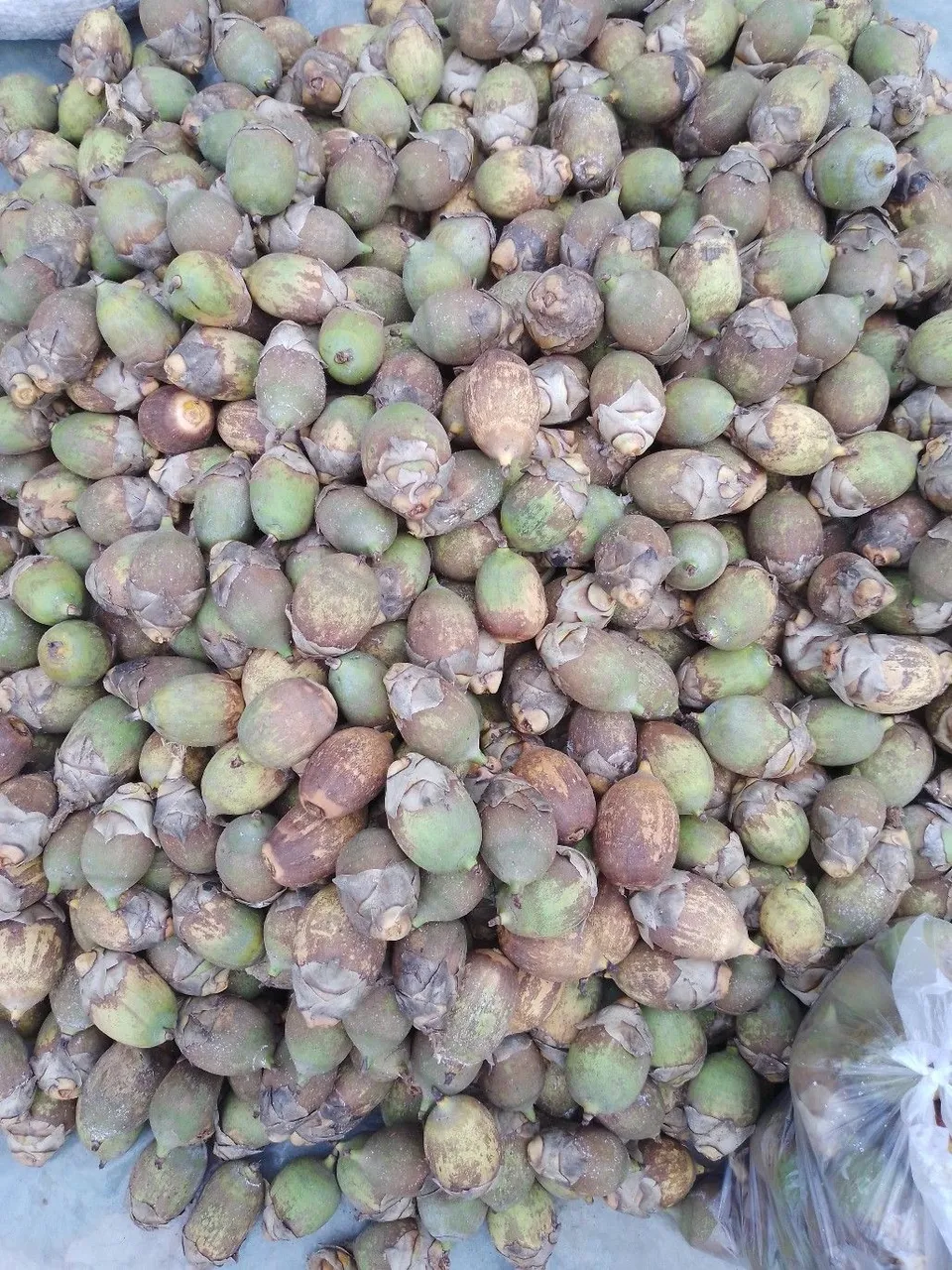

La primera forma de consumir el fruto, es cruda, se le retira la concha, algunos usan un cuchillo, yo uso los dientes, jajaj, es más criollo y más sabroso.
En la imagen se observa como varia el color.
The first way to consume the fruit is raw, the shell is removed, some use a knife, I use my teeth, hahaha, it is more Creole and tastier.
In the image you can see how the color varies.
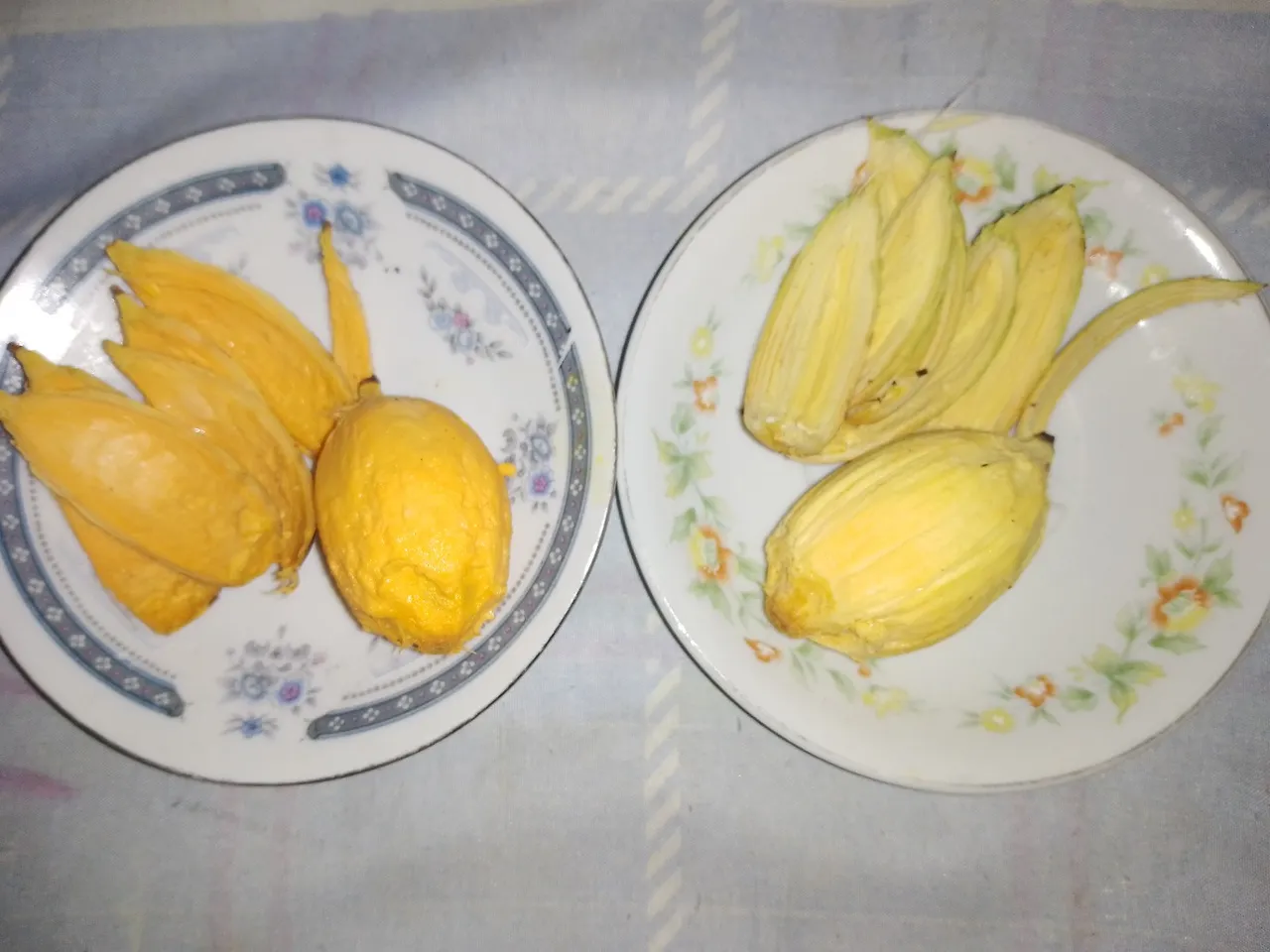
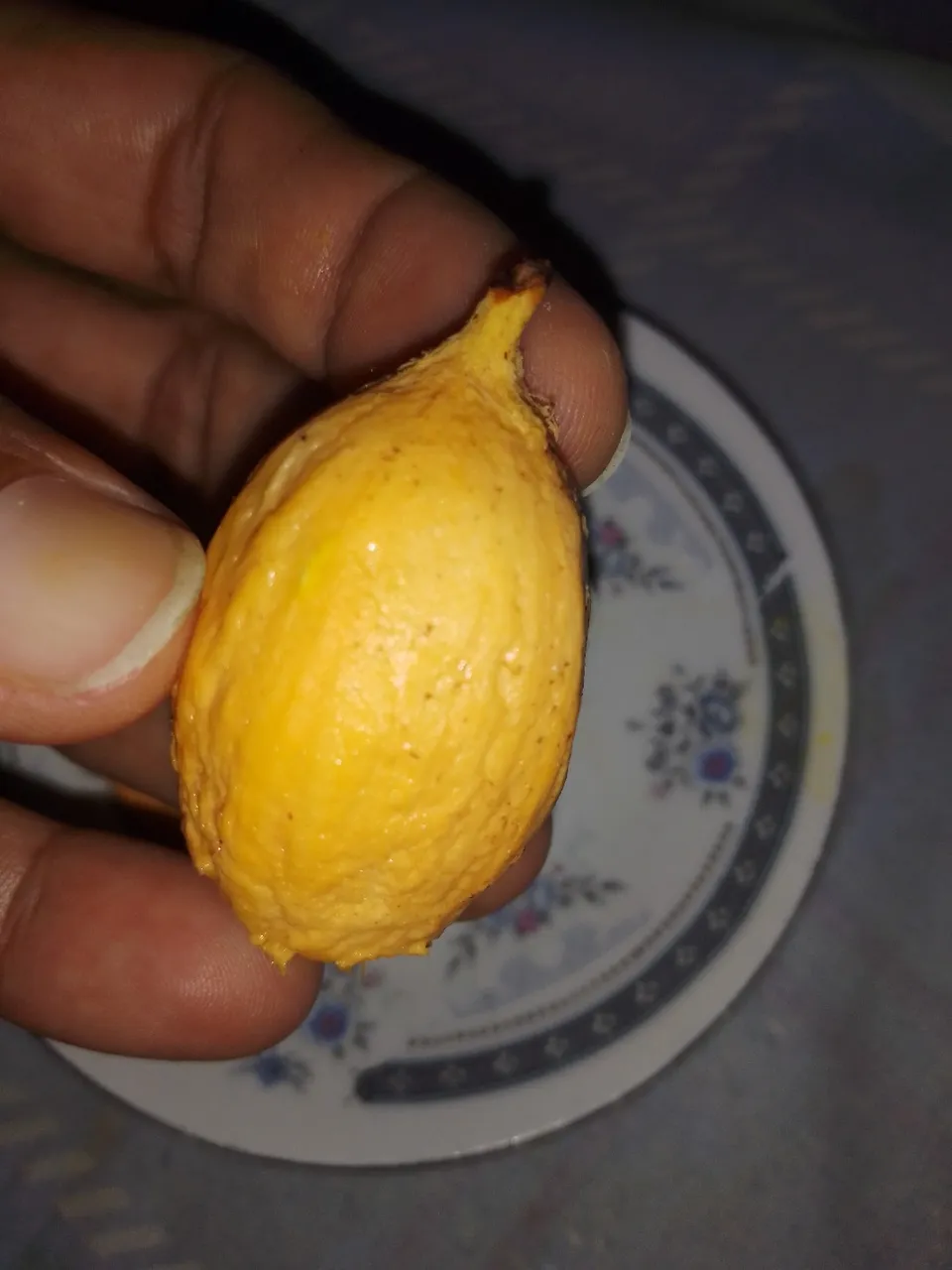
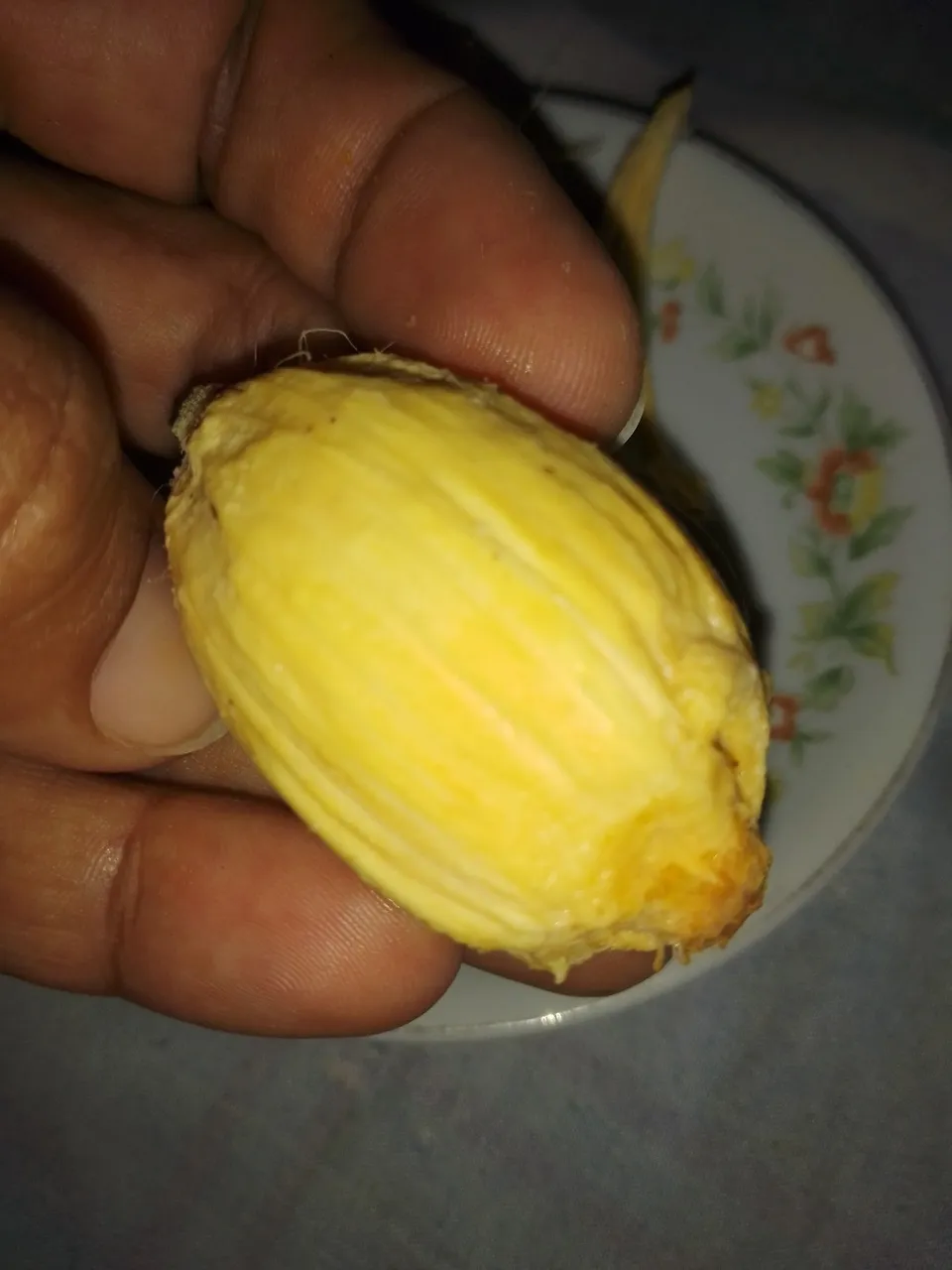

También se consume sancochada, esto el cambia un poco el color y el sabor, es mi forma favorita.
La pulpa (cruda o cocida) se puede retirar con un cuchillo, o con los dientes directamente, una ventaja que presenta consumir esta fruta es que es muy saciante.
It is also consumed parboiled, this changes the color and flavor a little, it is my favorite way.
The pulp (raw or cooked) can be removed with a knife, or with the teeth directly, an advantage of consuming this fruit is that it is very satiating.
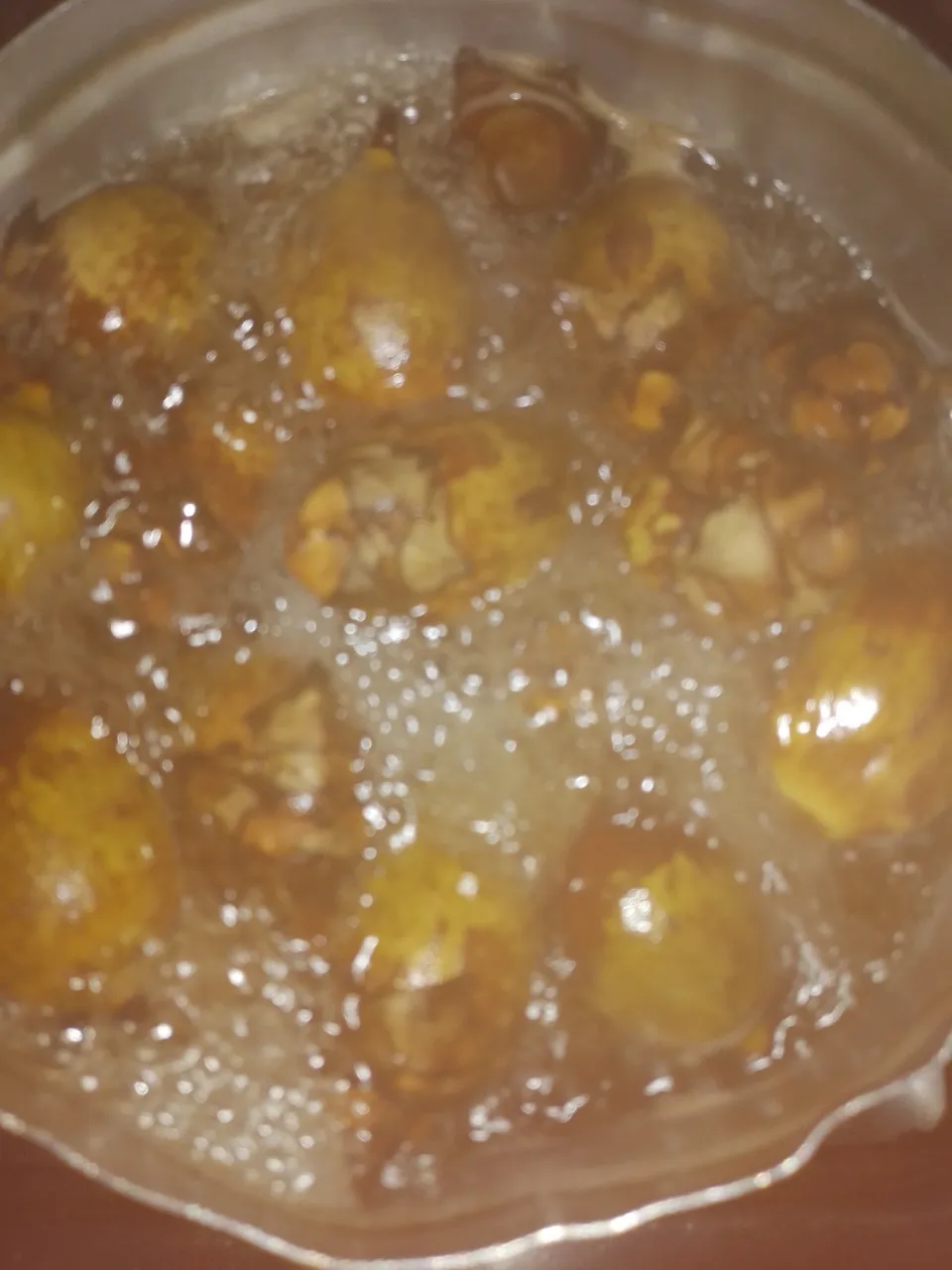
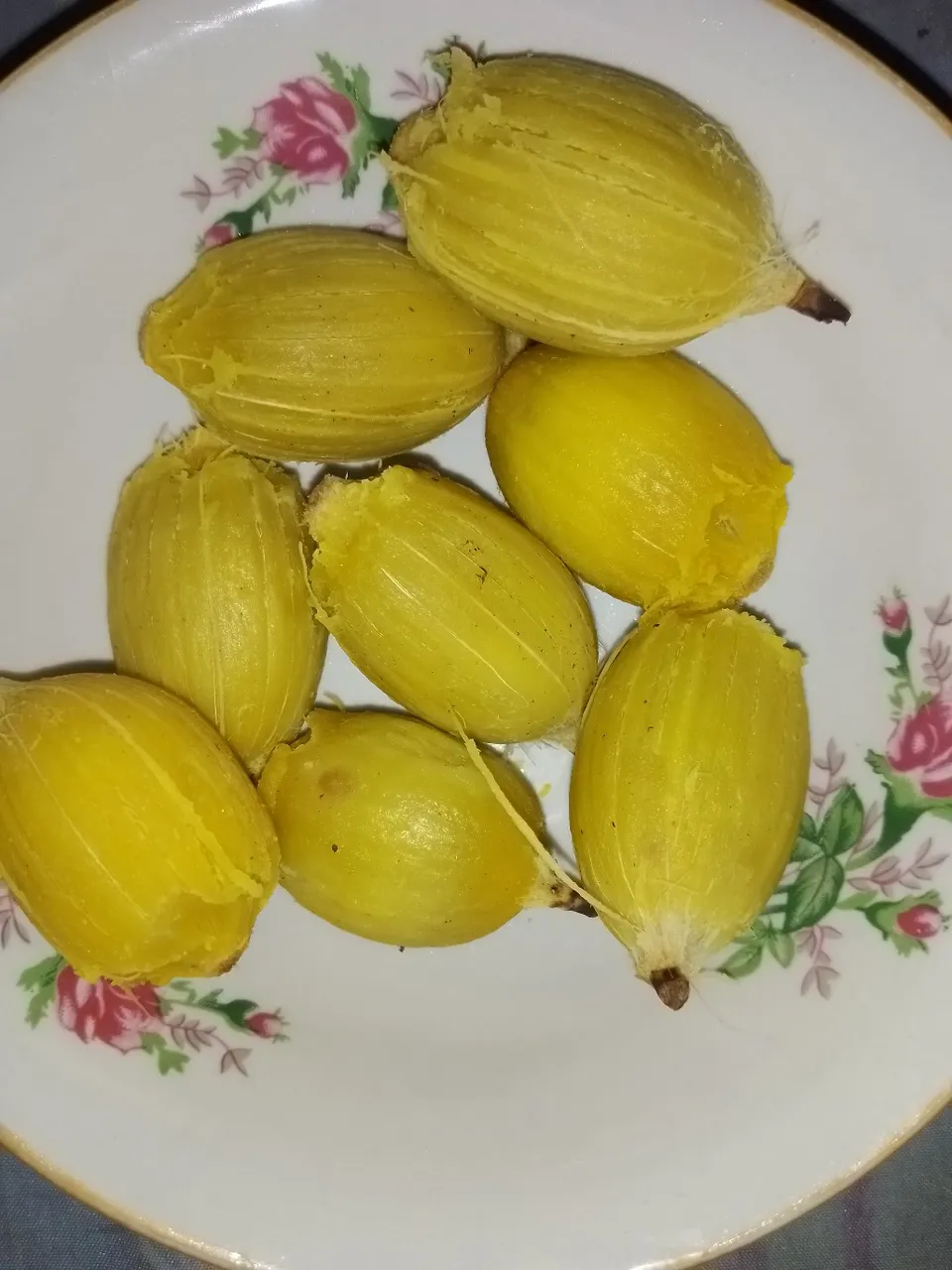
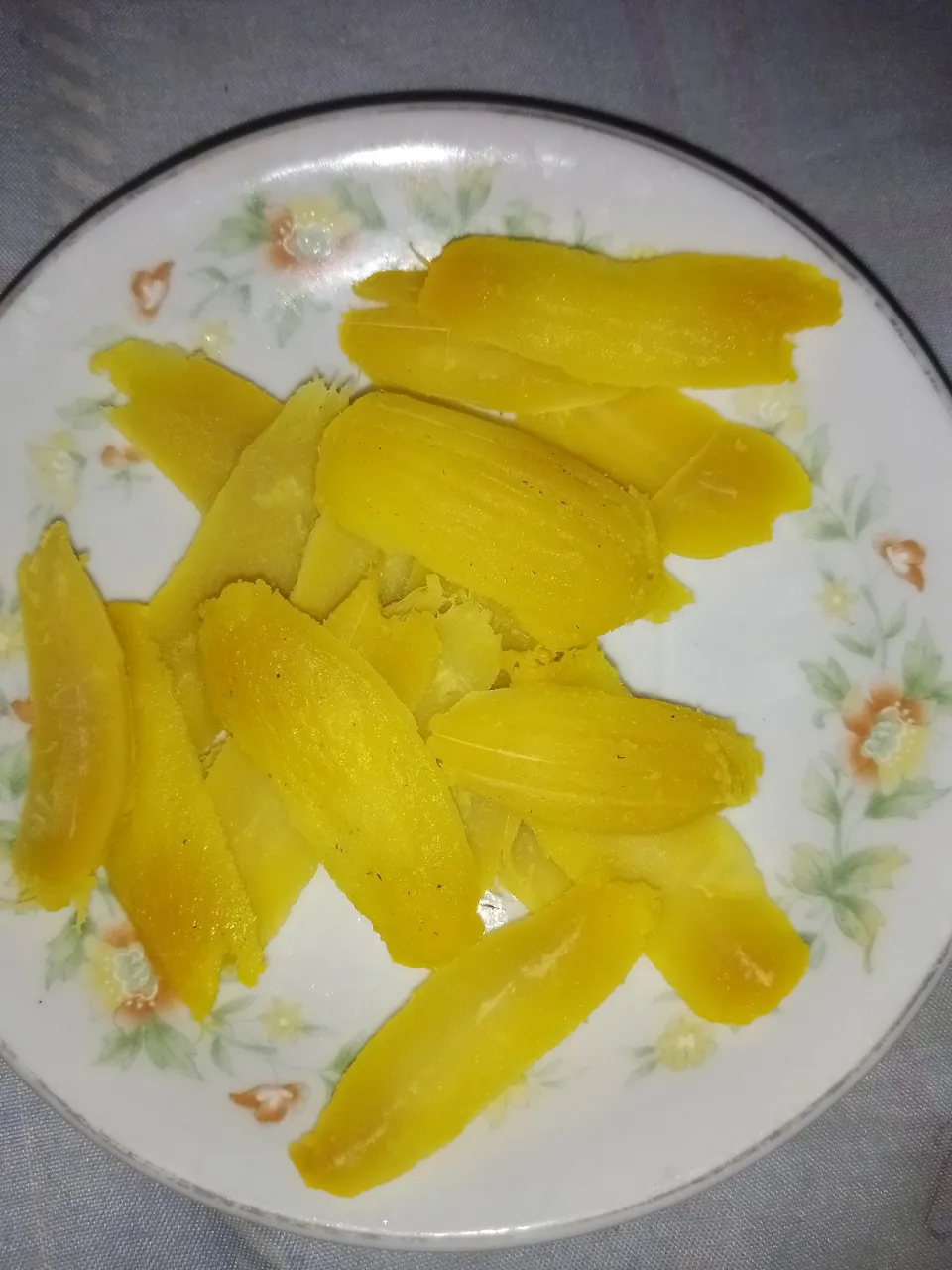

Así queda la semilla después de retirar la pulpa.
This is how the seed remains after removing the pulp.
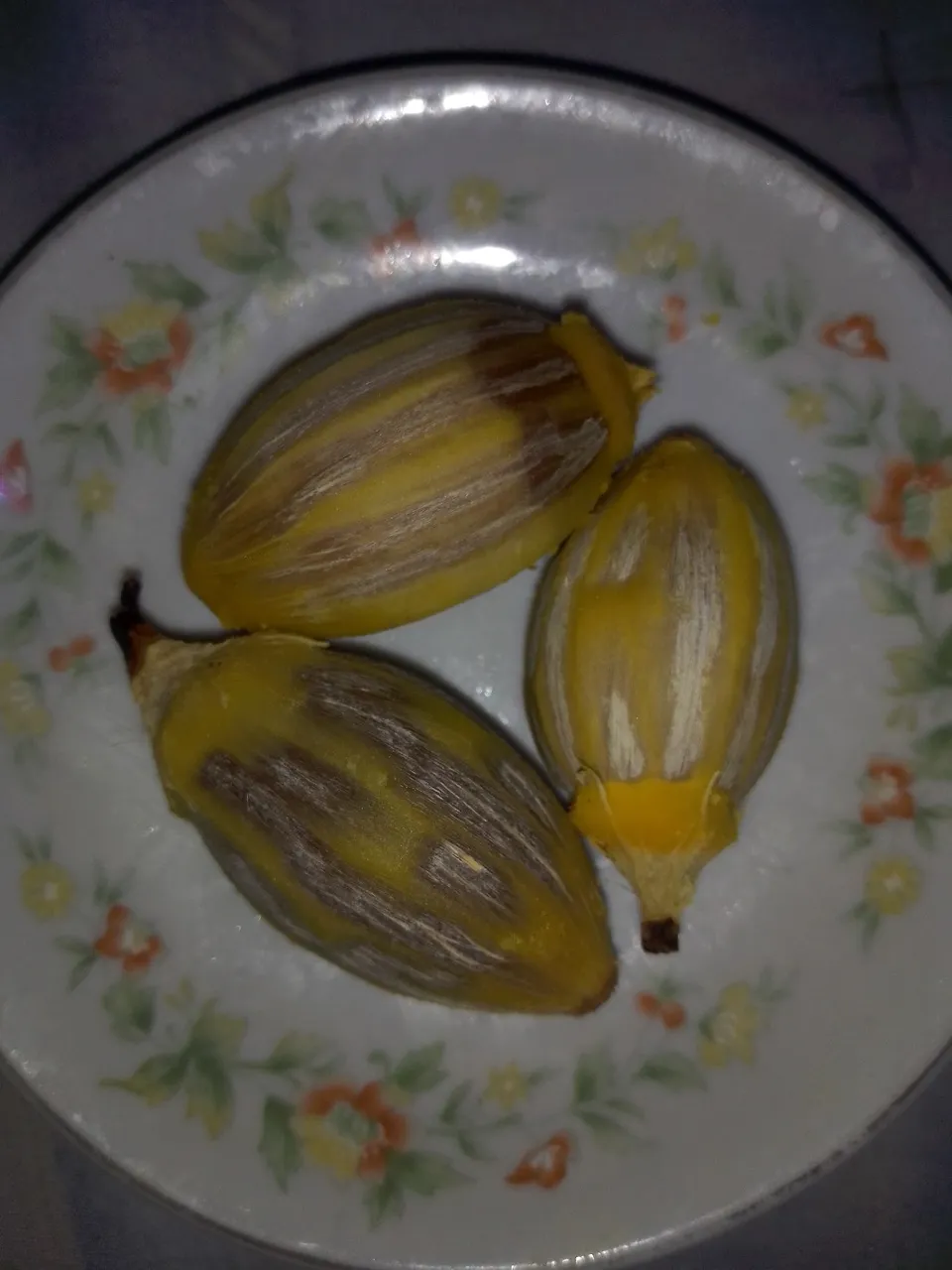

Hasta aquí mi presentación de hoy, espero les haya gustado, y se animen a visitar nuestro municipio, y probar este maravilloso fruto; aunque les advierto que tengan cuidad; porque acá tenemos un dicho: ël que prueba la coroba, se queda en Caicara¨; así que, mejor se la llevan y la prueban en su casa, para que no corran el risgo de quedarse acá! jajajaj
Dios les bendiga!
So much for my presentation today, I hope you liked it, and are encouraged to visit our town, and try this wonderful fruit, although I warn you to be careful, because here we have a saying: "He who tastes the coroba, stays in Caicara", so you better take it and try it at home, so you do not run the risk of staying here! hahahahahahah!
God bless you!
Translated with https://www.deepl.com/translator
Todas las imágenes son de mi autoría, capturadas con mi teléfono ZTE.
All images are my own, captured with my ZTE phone.
